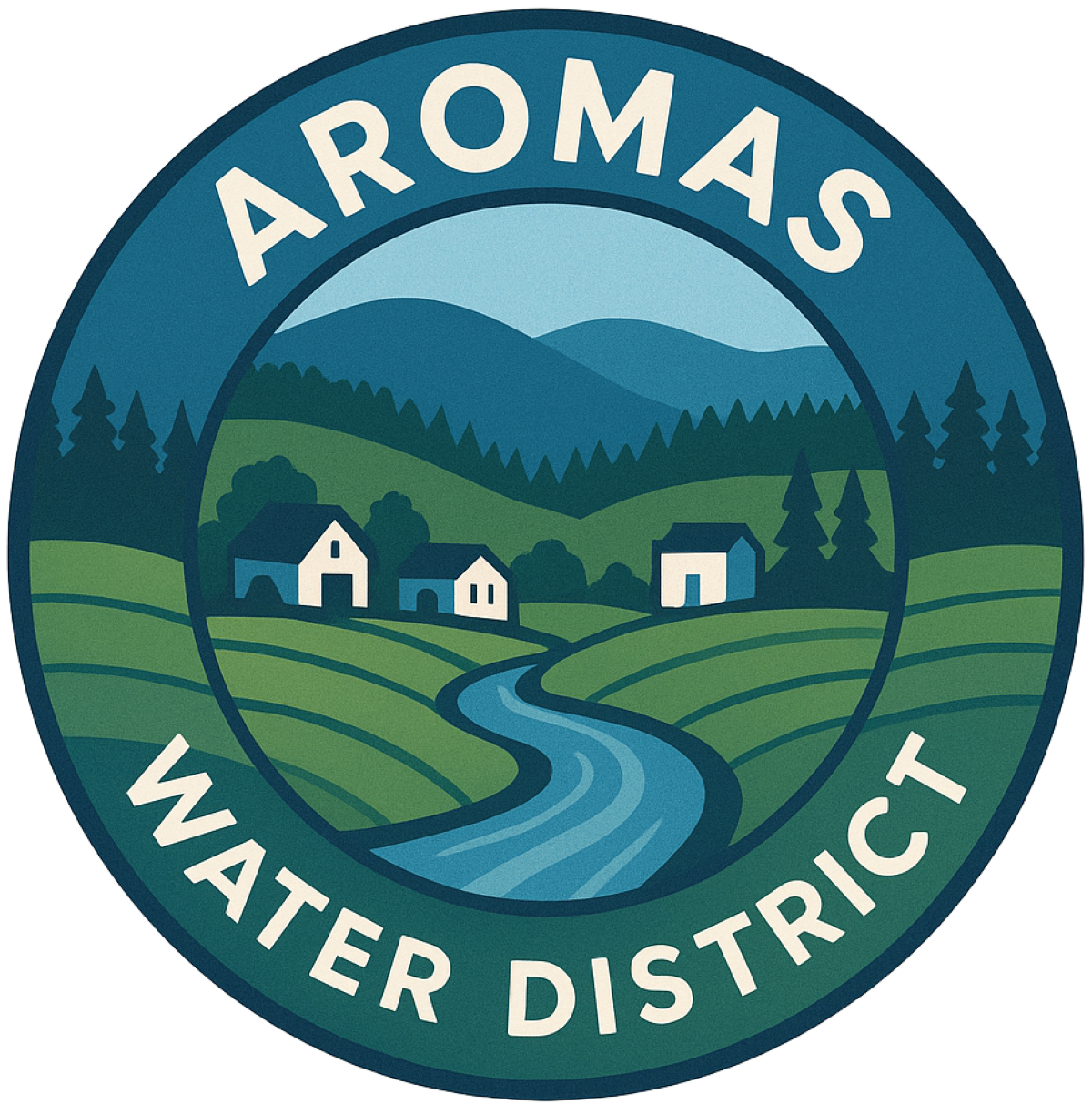FAQs about Water Main Flushing
What is flushing and why is it needed?
All water systems using groundwater need a proactive flushing program. The water in our system comes from groundwater wells which pull in water at hundreds of gallons per minute, so some sediment (fine grained mud/clay) will also get pulled into the system with the water. Naturally occurring iron and manganese is also in our local groundwater. Once in the system most of it is immediately filtered out or settles to the bottom of our ten storage tanks. The tanks are regularly cleaned.
However, some sediment/iron/manganese will still make it into the water mains. This material will settle in the mains until high water use causes the water to flow fast enough that it stirs up the material. When this happens many customers in the same area can have discolored water. Therefore the goal of flushing is to regularly scour the sediment and iron/manganese from the District's water mains to minimize the amount getting into the customer's private lines.
How is the flushing done?
Our operations (field) staff know when each main was last flushed. They also know which zones need more frequent flushing. More flushing is usually needed at the end of smaller "dead-end" lines that are not connected/looped back into a larger main. Dead-end lines allows the water to sit for days or weeks and collect more material in the mains. We typically use fire hydrants to flush which also "exercises" the valves on the hydrants to make sure they will work during a fire. The mains are flushed hard enough to intentionally scour the inside of the mains and push the material out. The water is only run long enough for it to clear up.
How can I learn more about flushing?
Here are two very useful video links explaining how flushing is done and why flushing is a routine part of water system maintenance:
- News station video (YouTube)
- Water system educational video (YouTube)
what about water-waste and the drought?
The Governor declared a drought emergency in 2015-16. To do our part we reduced the amount of flushing to conserve water. We still flushed mains in response to color complaints and in known problem areas such as dead end lines. With the lifting of the drought emergency we have resumed more routine flushing throughout the system.
